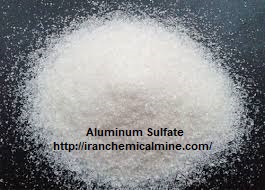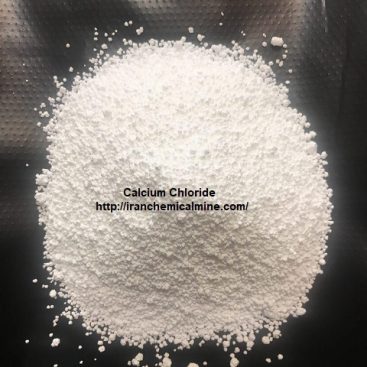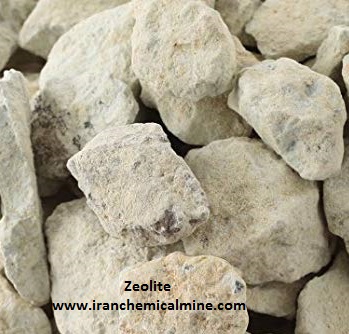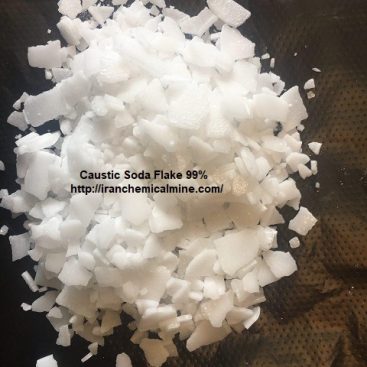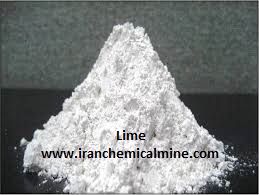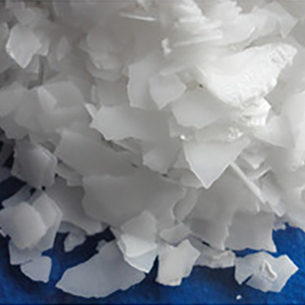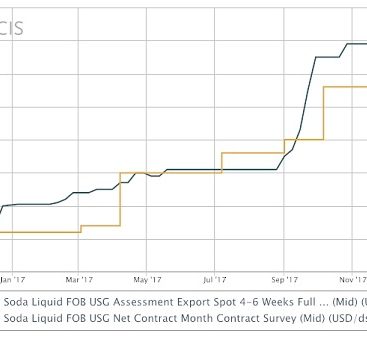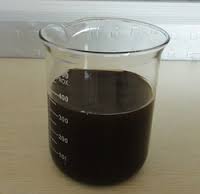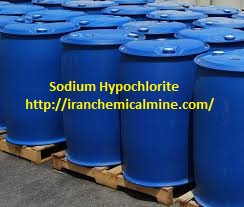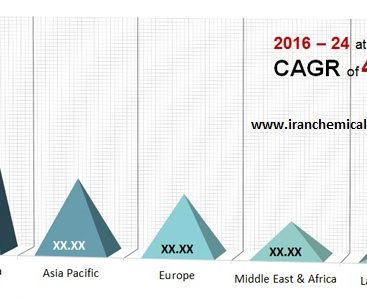Aluminum Sulfate applications
Aluminum sulfate is a commonly used industrial chemical. The compound of aluminum, sulfur and oxygen is often a dry crystal, powdery substance that becomes slimy when wet and is non-combustible. The solution, Al2(SO4)3, is also known as “Alum”.
Aluminum sulfate as a mordant
Aluminum sulfate is used as a mordant in the dyeing process. A mordant is substances that aids the dye with becoming printed on a fabric or paper. When mixed with water, aluminum sulfate creates the sludge-like aluminum hydroxide that aids textiles with the absorption of dye. Aluminum sulfate also makes the fabric’s dye insoluble in water, so that the textile won’t bleed.
Aluminum sulfate as a coagulant
Aluminum sulfate’s biggest industrial use is as a coagulant in water treatment plants. As treating wastewater and potable water is such an integral aspect of modern infrastructure, aluminum sulfate is used heavily. When mixed with water, aluminum sulfate takes a number of forms with differing ionization levels, which can attract pollutants in the water and precipitate out, making them easier to be cleaned. This precipitation is known as sedimentation. The Safe Drinking Water Foundation explained that a majority of municipal treatment plants use aluminum sulfate. Using aluminum-based coagulants can lead to slightly higher aluminum levels in the processed water, but usually at safe levels.
Aluminum sulfate in paper manufacturing
Aluminum sulfate Like with dyeing, has largely been replaced in the world of paper making by modern developments, but it is still used in some paper’s pulp. The acidic chemical has been used to remove impurities from the water used to make paper. Aluminum sulfate is also used in the pulp itself to help bind materials, neutralize charges and in rosin sizing. Although acid-free paper without Alum has become popular as a more durable option that is less likely to change colors.

